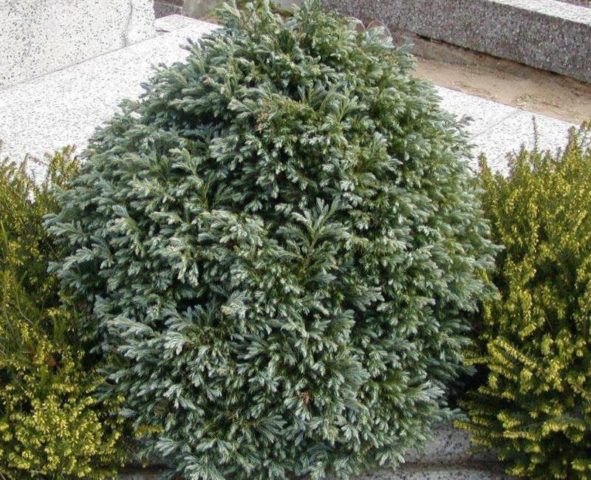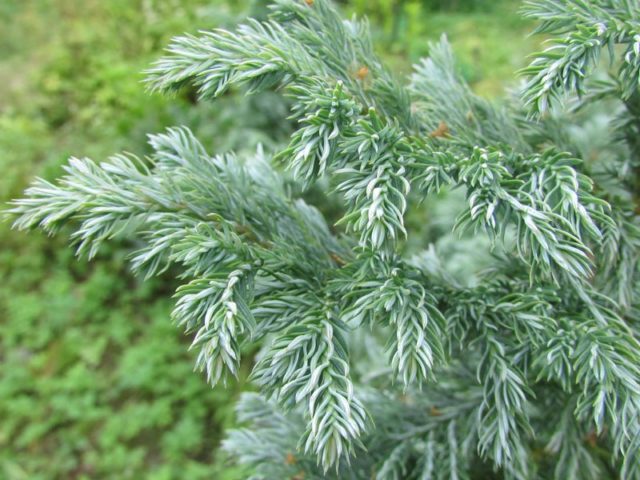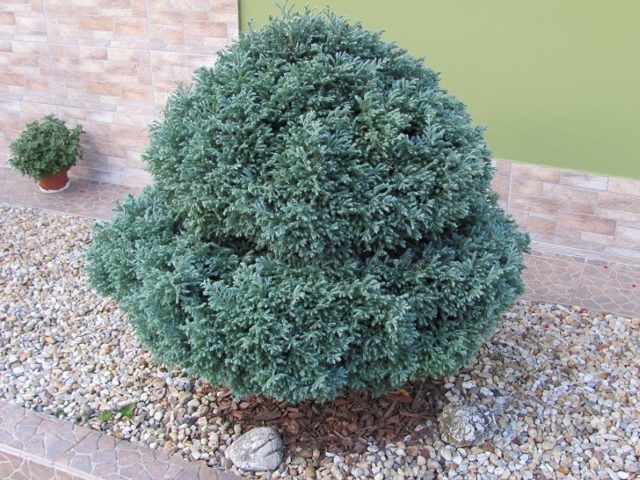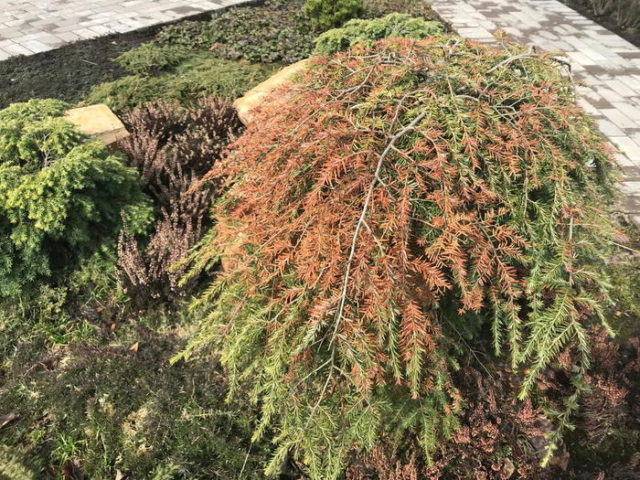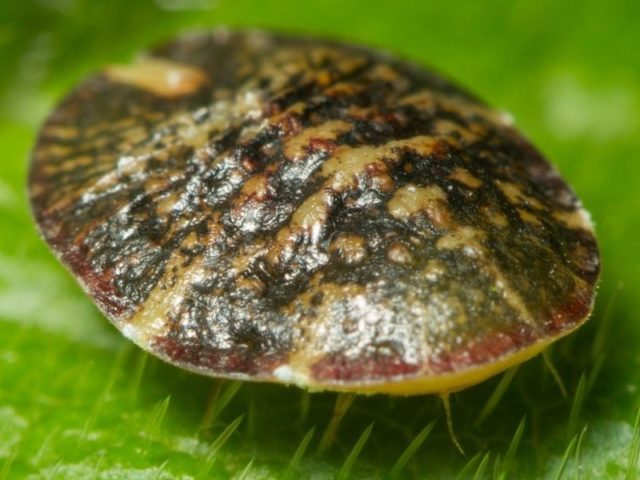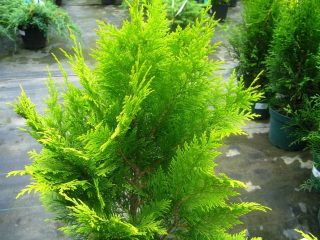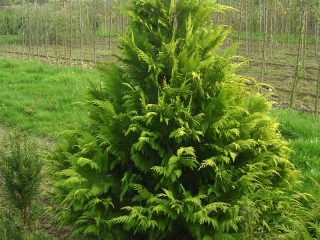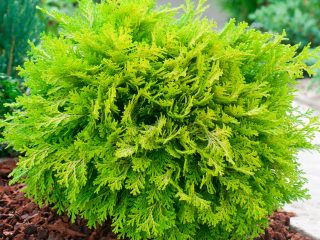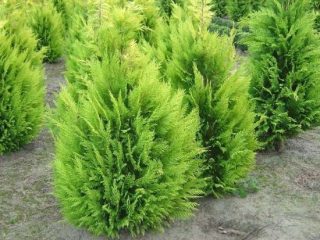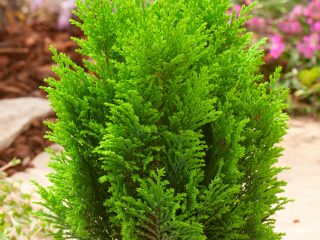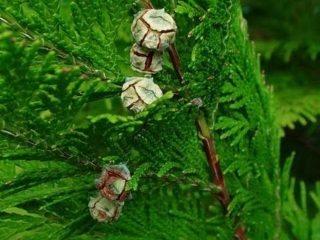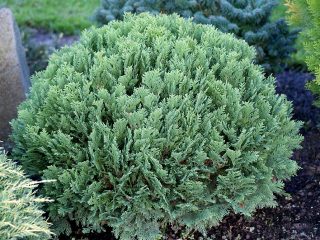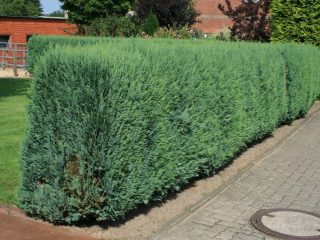Content
Conifers are increasingly attracting landscape designers and ordinary gardeners - the pea cypress Bulevard is one of the brightest representatives. These plants do not lose their decorative effect all year round and have various shapes and sizes. The characteristics of many varieties allow them to be planted in different climatic conditions.
Description cypress Boulevard
Cypress trees are a genus of the Cypress family, are trees and shrubs with needles of a characteristic structure, come in different heights and are distinguished by slow growth. In natural nature, they are found only on the Japanese islands. They are slightly different from cypresses - their branches are located in the same plane, there are small cones and increased resistance to cold. They love on soils with a sufficient level of moisture.
Their wood is of very high quality, many varieties of these plants have been bred. One of them is Bulevard (in another way it is also called Boulevard or Boulevard) - with awl-shaped needles reaching 5 cm in length, the shoots are slightly bent inward at the ends. In winter, the pea cypress Bulevard becomes more gray. This variety in the description has a beautiful blue color with a silvery sheen.
Cypress Boulevard can be seen in the photo:
Dimensions cypress Boulevard
The tree grows up to 5 m in height, but grows very slowly, which is typical for almost all members of the genus. This is especially noticeable at a young age. On average, the pea cypress Bulevard grows by 10 cm per year, which allows it not to lose its decorative effect for a long time. The crown of the tree is symmetrical, in the shape of a pin.
Winter hardiness of cypress Boulevard
The cypress pea bulevard belongs to frost-resistant varieties, but in Siberia and the Urals it can freeze slightly. In regions with harsh winters, he needs shelter. Due to this characteristic, it is widespread in England, which does not have a warm climate.
Cypress Boulevard in landscape design
Pea cypress Bulevard is very popular with landscape designers. This is due to its smooth bluish shoots, which look very decorative, as well as resistance to diseases, pests and frost. Cypress is often used in rocky gardens. As a rule, it is adjacent to a juniper, thujas against the background of large boulders - this is a favorite technique of designers. Coniferous compositions with pea cypress Bulevar look very impressive.
Planting pea cypress Boulevard
Cypress thrives in humid seaside climates. Dry air and lack of moisture give him considerable discomfort. Regions such as: Astrakhan, Volgograd, Saratov regions will not be very favorable for its cultivation. In general, planting a cypress Boulevard and caring for it is not difficult. The plant should receive about 400 mm of rainfall during the summer season. If this figure is not achieved, then additional watering is required.
If planted in a dry and shaded area, the cypress may die.Also, do not place it next to large trees, capable of oppressing a young bush with their developed root system. Proximity to the surface of groundwater and stagnant moisture will also be negative factors.
The ideal place for planting pea cypress varieties Boulevard would be a sunny place with fertile moist soil. Shallow slopes to the south and west, protected from strong winds, are well suited.
Landing dates
Pea cypress Bulevard, as a rule, is planted in early spring, after warming up the soil, but autumn preparation of the pit for planting is needed. Fertilizers are applied there and covered with a film for the winter so that the contents are well rewound. In terms of timing, it is important to be in time at the moment when the earth has already warmed up, but the trees and shrubs have not yet begun to grow.
Soil preparation
For the pea cypress Bulevard, fertile soils with good drainage are needed, but at the same time, sufficiently moist. The acidity index should be at 5 pH. It is easily achieved by introducing peat into the soil. Since the tree will receive nutrients from the soil for several more years, you should take care of the application of fertilizers. A mixture of sod land, sand and peat is placed in the planting pit, in a ratio of 1: 1: 2.
Preparation of planting material
Pea cypress Bulevard is acquired for many years, so the choice of a seedling should be approached responsibly. It is best to purchase plants in special nurseries, where you can also consult with specialists. The most important thing to inspect when buying the roots of a seedling is that they should not be open, because the cypress tree will die at the slightest drying out.
Unscrupulous sellers may display transplanted containers. To check the quality of the seedling, you need to turn the container upside down - in normal specimens, the soil does not spill out, and the earthen lump falls out entirely. The branches should be flexible and the needles dry to the touch.
Landing rules
The planting pit is prepared in the fall. The size is maintained within 90 cm depth and 60 cm width. A 20 cm layer of gravel or expanded clay drainage is placed at the bottom.When planting a pea cypress, Bulevard, it is necessary to ensure that the root collar rises 15 cm above the soil layer. The seedling is fixed at the support and mulched with chips or peat.
Cypress care Boulevard
Pea cypress Bulevard, although not very picky about care, but some rules must be observed. Mainly, the features of this plant require attention to watering, pruning and wintering.
Watering and feeding
One of the important factors in cypress farming is watering. It should be regular and abundant in order to maintain the required soil moisture level. Pea cypress Bulevard reacts extremely badly to heat and dryness. About 10 liters of water should fall under one plant per week. If the tree is in a hot climate, then water it several times a week.
Pea cypress Bulevard is very good at sprinkling, it should be carried out early in the morning or in the evening, but so that the needles have time to dry before nightfall. Too much humidity will provoke fungal and bacterial infections. After watering, it is necessary to loosen the soil and remove weeds, if they are.
The first feeding with organics and mineral complexes is done 3 months after planting. For a young tree, the concentration is made half as much so as not to burn the delicate and fragile roots. Adult plants are fertilized from spring to mid-summer, every two weeks. All top dressing is stopped from the end of July to allow the tree to prepare for winter.
Cypress haircut Boulevard
Pea cypress Boulevard needs regular pruning.In early spring, frozen and dry shoots are removed - these are sanitary measures. Formative pruning can be carried out at the same time.
The growth of the current year is removed in the fall by about a third of the length. Thus, the crown is thickened. Pruning for the purpose of shaping is carried out no earlier than a year after planting a seedling or transplanting a plant.
Preparing for winter
Frost-resistant varieties, which include the pea cypress Bulevard, cover only the first 3-4 years after planting for the winter. This is done not so much for protection from the cold, but as a cover from bright sunlight, especially in spring. Acrylic, kraft paper or burlap are used as a covering material.
In Siberia and the Urals, the Bulevard pea cypress may not survive the cold, so it is put out in a large tub outside in the summer, and with the onset of cold weather it is brought into the house. In warm areas such as Moldova, Crimea or Ukraine, it grows outdoors and does not need any shelter.
Why do the needles of the cypress Boulevard turn yellow
In cypress trees, pines and thujas, the needles stay on the tree for 3-8 years, then they turn yellow and fall off naturally. This becomes especially noticeable in the depths of the crown, such debris must be cleaned by hand or washed off with a stream of water from a hose.
In addition to natural reasons, the fact that the Bulevard pea cypress turned yellow inside may be associated with a number of problems. In this case, the completely green color of the tree will not be restored in spring. The most common causes of yellowing of needles:
- Fungal diseases - it is urgent to treat the plant with Bordeaux liquid or preparations Fundazol, Commander or Ordan.
- There are not enough nutrients - in this case, pea cypress should be fed with a complex fertilizer containing magnesium.
- Dry or waterlogged soil - either watering or removing excess moisture is required.
- Sunburn - after moving the seedlings into the ground, it is necessary to shade from direct sunlight.
- Smoke - Bulevard pea cypress is bad for smoke, so you should burn garden debris away from it, and then douse the plant with a hose.
Reproduction
You can propagate the pea cypress Boulevard in various ways:
Seeds... Their germination capacity lasts up to 15 years. The seeds are either sown directly in open ground or grown at home. The soil should be light in any case. When planting at home, seeds are stratified using a refrigerator or a cool room. Cypress is sown in the ground in the fall. The seedlings are watered moderately, picking is carried out, if necessary, they are gradually accustomed to cold weather. In the fall, they are moved to the ground and left to winter under cover.
Cuttings.For this, shoots are cut into cuttings of 15 cm each and planted in a loose substrate. It is better to place the containers in a greenhouse. The pea cypress takes root in 2 months, then it should be planted in open ground.
Layers... The lower shoots are buried in and are waiting for rooting. The next year, the bush can be separated from the parent plant.
Diseases and pests
Pea cypress Bulevard is quite resistant to pests and diseases. But due to improper care or selection of a landing site, they may be negatively affected. The most common insects attacking a plant are:
- Spider mite - a sign is yellowed and falling needles, from which the pest sucks out nutrients. Treatment with insecticides helps.
- Shields - the sap of the plant also serves as a source of food for them. The most effective from them is recognized as the Nuprid remedy.
If there are too many pests and the tree is heavily affected, then it is better to cut it down and burn it. In this way, contamination of healthy cypress trees can be prevented.
Root rot is the most common disease. It occurs due to stagnation in the roots of the water. This can be avoided by providing a sufficient drainage layer during planting. A diseased tree is dug up, the roots are cut to healthy tissues, treated with a fungicide and transplanted to another place.
Reviews of cypress Boulevard
Conclusion
Pea cypress Bulevard takes pride of place in many horticultural farms. Its resistance and unpretentiousness contribute to the spread of this plant. The Boulevard variety is suitable for those who want to follow fashion trends in the design of the site or simply have a spectacular plant in their garden.
